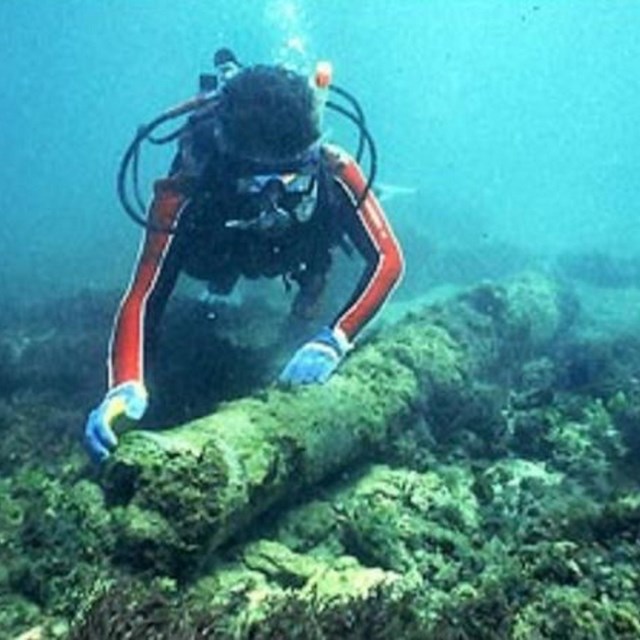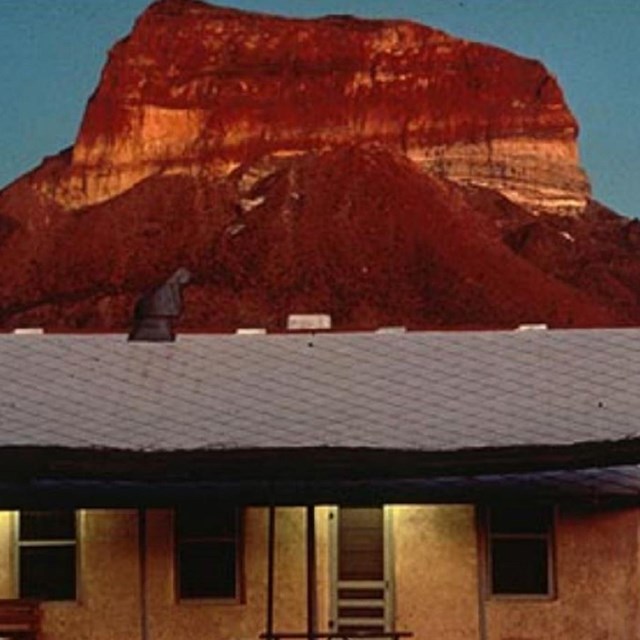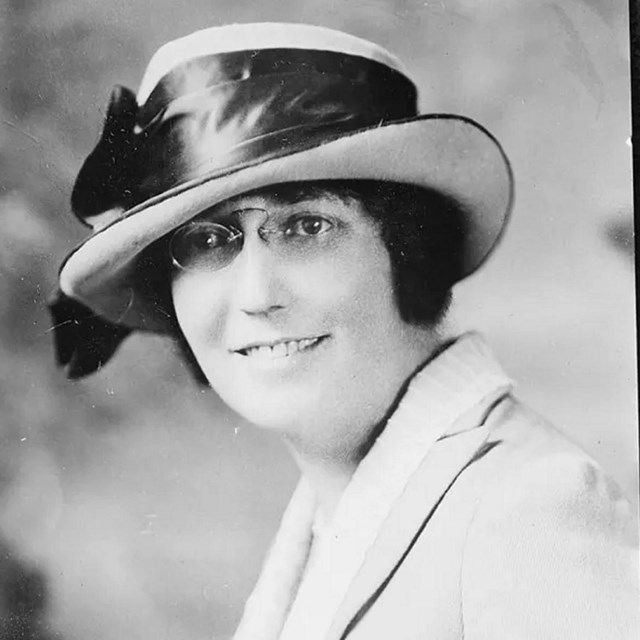Last updated: August 11, 2023
Article
Hispanic American/Latino American History (Teaching with Historic Places)
Teaching with Historic Places (TwHP) uses historic places in National Parks and in the National Park Service's National Register of Historic Places to enliven history, social studies, geography, civics, and other subjects. TwHP has created a variety of products and activities that help teachers bring historic places into the classroom.
Here you’ll find place-based educational resources relating to Hispanic history and culture. Discover more resources at the Teaching with Historic Places homepage.
Featured Educational Resources
-
 Spanish Treasure Fleets
Spanish Treasure FleetsLearn how Spain established a New World empire based on collecting precious metals and goods from the Americas.
-
 Castolon-A Meeting Place of Two Cultures
Castolon-A Meeting Place of Two CulturesCompare the Spanish and Anglo influences on settlements along the Texas-Mexico border region of the Rio Grande.
-
 Curiosity Kit: Nina Otero Warren
Curiosity Kit: Nina Otero WarrenCuriosity Kits inspire exploration and learning, this kit focuses on the life and work of Nina Otero Warren, a suffragist and educator.
